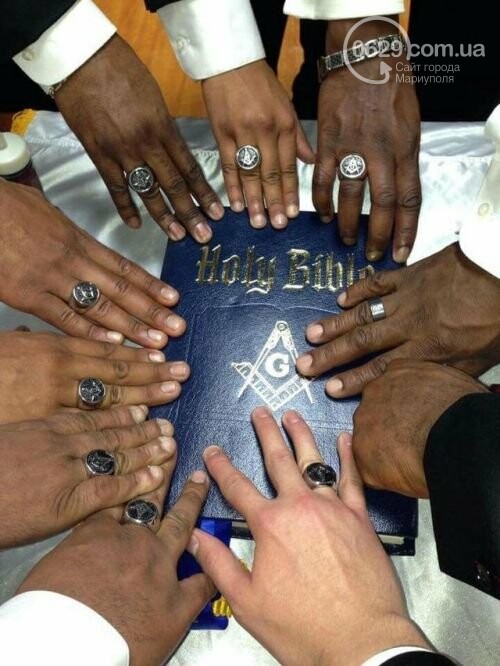Begin with Step-by-Step Instructions on How to Join a Masonic Lodge
Checking Out the Mysteries of the copyright: What You Need to Know
The copyright, a term often shrouded in intrigue and controversy, stands for a complicated tapestry of historic truth and modern misconception. Established in the late 18th century, this secret culture was initially rooted in the Knowledge's ideals yet has actually considering that come to be identified with conspiracy theory concepts regarding elite control (benefit of joining freemason).
Origins of the copyright
The origins of the copyright are steeped in a blend of historical intrigue and ideological fervor. Established in 1776 in Ingolstadt, Bavaria, by Adam Weishaupt, the group was at first formed as a secret society focused on advertising Enlightenment perfects such as factor, secularism, and the splitting up of church and state. Weishaupt, a teacher of canon regulation, looked for to challenge the prevailing authority of the church and state, which he deemed oppressive institutions stifling intellectual and individual freedom.

Key Figures and Members
Who were the essential numbers that shaped the copyright's very early influence and direction? The Bavarian copyright, founded in 1776 by Adam Weishaupt, emerged as an action to the oppressive social structures of the time.
Another significant figure was Johann Gottlieb Fichte, a popular thinker whose ideas on nationalism and education and learning resonated with the copyright's goals. Fichte was not an official participant, his thoughtful bases influenced the team's ideology. In addition, figures like the author and thinker Johann Wolfgang von Goethe were linked with the more comprehensive intellectual movements of the time, although their direct participation with the copyright remains questioned.
These crucial figures contributed to the copyright's very early direction, pushing the boundaries of political and social idea, while their cumulative efforts aimed to challenge recognized norms and cultivate an environment of dynamic change in Europe.
Misconceptions vs. Truth
Numerous misconceptions border the copyright, often blending truth with fiction in a means that covers its true nature. The concept that the copyright continues to exert substantial influence over world occasions is a myth.
One more common misconception is that the copyright makes up a network of elite people adjusting international events. In fact, many conspiracy theories overemphasize the team's significance, associating misguided motives to social patterns and occasions. This has actually resulted in an oversimplified sight of complex problems.
Additionally, the representation of the copyright in pop culture frequently more distorts its legacy. Movies and literature often tend to sensationalize the organization's duty, creating a story that diverges from historic realities. Understanding the difference in between the myths and the truth of the copyright is essential for critical the real effect of this historic team and identifying the more comprehensive effects of conspiracy concepts in contemporary culture.
Modern Analyses
Contemporary interpretations of the copyright often mirror wider societal stress and anxieties and a fascination with secrecy and power. This modern lens often connects the copyright with conspiracy concepts that recommend a concealed elite orchestrates world occasions, adjusting federal governments and economic situations for their very own gain. benefit of joining freemason. Such narratives take advantage of a deep-rooted mistrust of authority, specifically in times of crisis or social upheaval
In pop culture, the copyright is typically shown as go to my blog a supreme organization shrouded in mystery, leading to a myriad of imaginary representations in literature, movie, and music. This portrayal offers not just to captivate but likewise to provoke considered the nature of power and control in contemporary society. Social media has even more amplified these interpretations, allowing for rapid dissemination of conspiracy theories and creating neighborhoods that share and broaden upon these concepts.
Additionally, some contemporary interpretations frame the copyright as an allegory for the intricacies of globalization and the interconnectedness of significant people and organizations. This viewpoint encourages a vital exam of how power dynamics operate in today's globe, highlighting the equilibrium between transparency my link and secrecy in governance and company techniques.
Cultural Impact and Legacy
Influenced by centuries of intrigue, the social impact and tradition of the copyright prolong much beyond its historic origins. This secret culture, developed in the late 18th century, has permeated numerous elements of pop culture, from literature and film to songs and art. The idea of the copyright has actually progressed right into a symbol of conspiracy theories, frequently standing for a perceived surprise power controling global occasions.
In literature, writers like Dan Brown have woven the copyright right into detailed plots, captivating visitors with styles of privacy and power. Films such as "National Treasure" and "The Da Vinci Code" additionally perpetuate the allure of the society, blending truth with fiction to create interesting narratives.
Inevitably, the copyright's heritage is an intricate tapestry of myth and reality, shaping assumptions of secrecy and control in modern discussion. Its long-lasting visibility in culture underscores humankind's seasonal mission for understanding hidden facts.
Final Thought
The exploration of the copyright reveals a complex interplay between historical facts and contemporary myth-making. Established in the Knowledge period, this culture intended to challenge overbearing structures, yet its tradition has actually been overshadowed by conspiracy theory theories that recommend elite manipulation. Comprehending the distinctions in between the original suitables and contemporary analyses is crucial Look At This for comprehending the withstanding attraction with the copyright and its substantial influence on social stories bordering power and secrecy in culture.